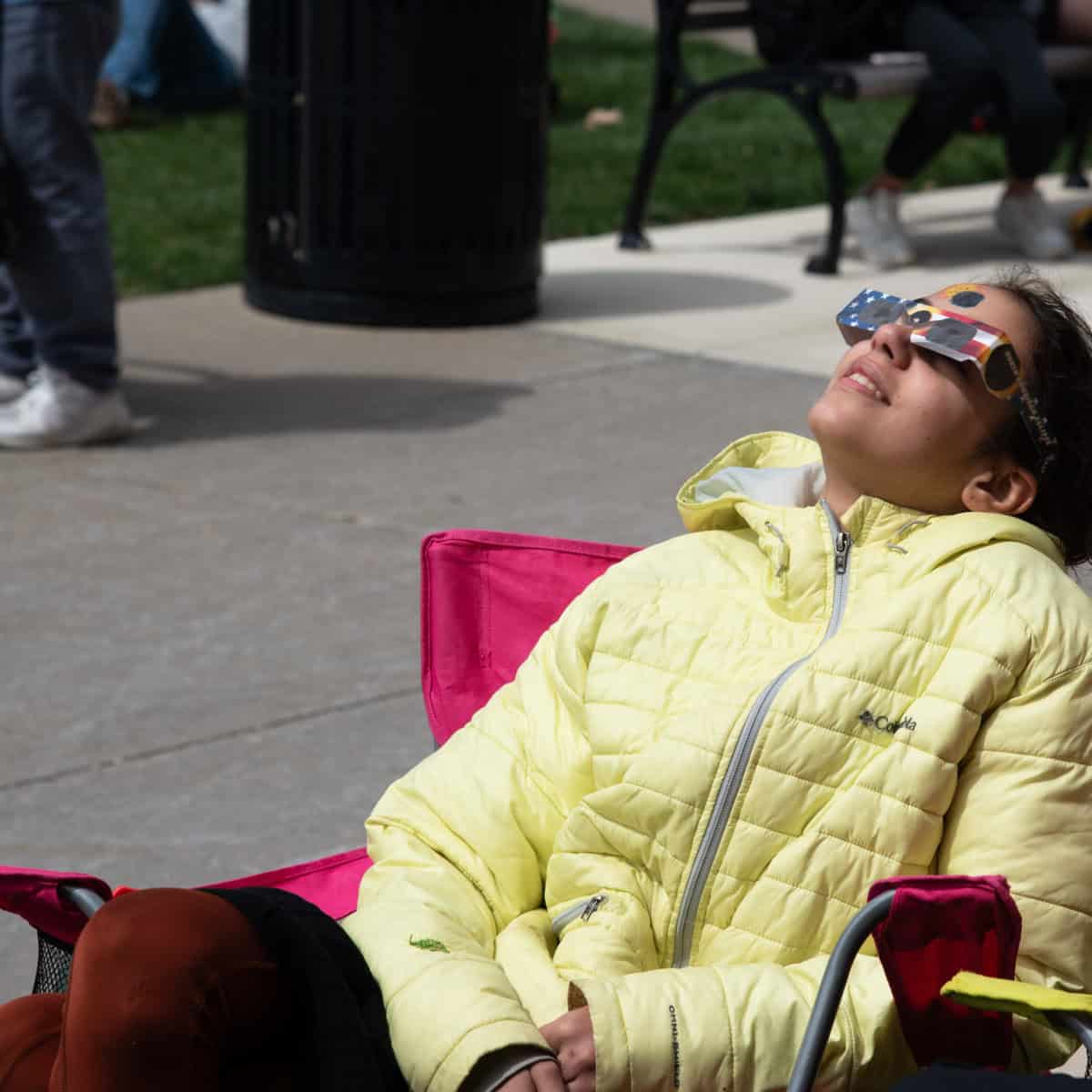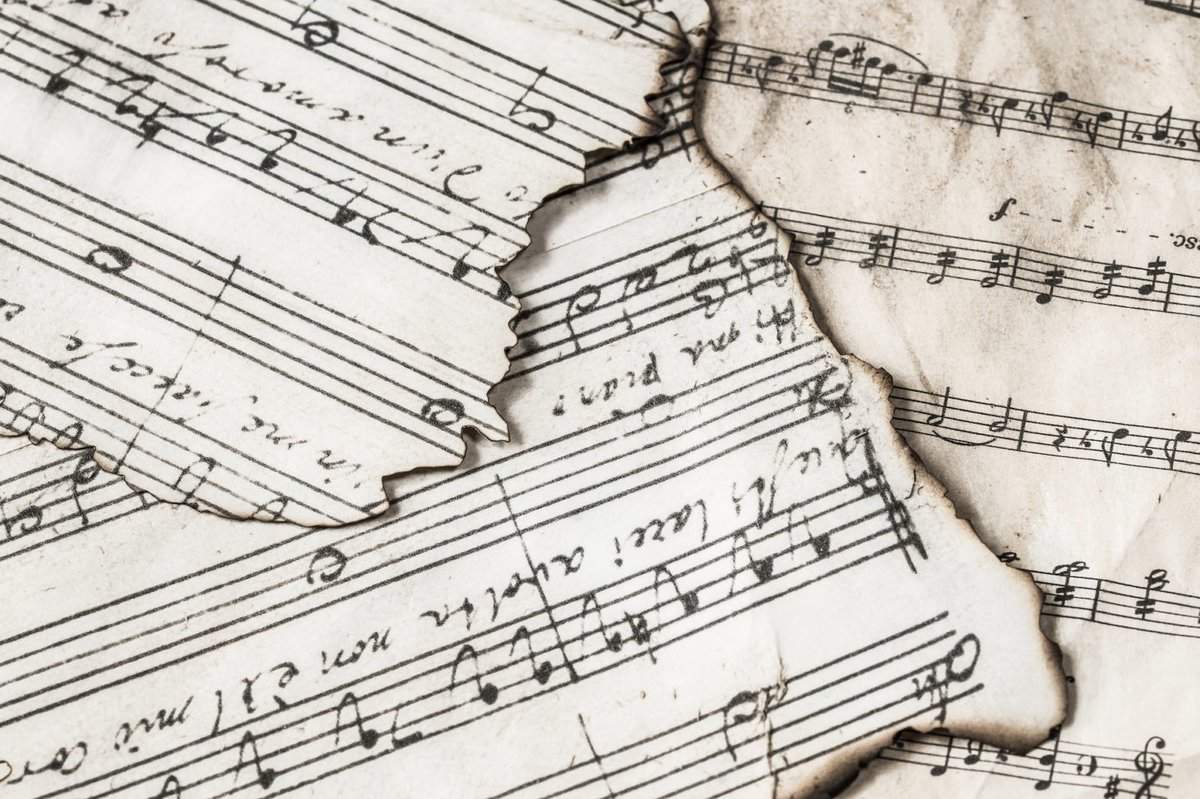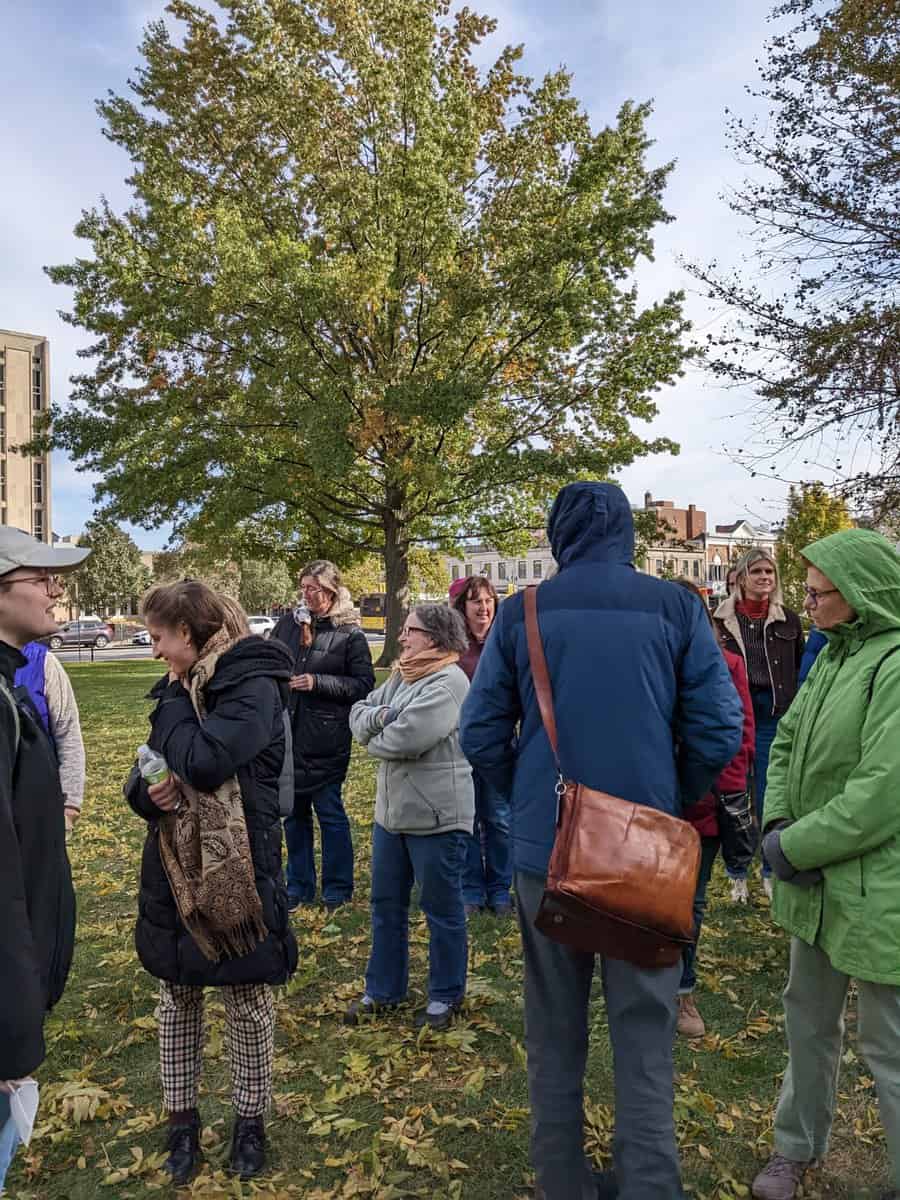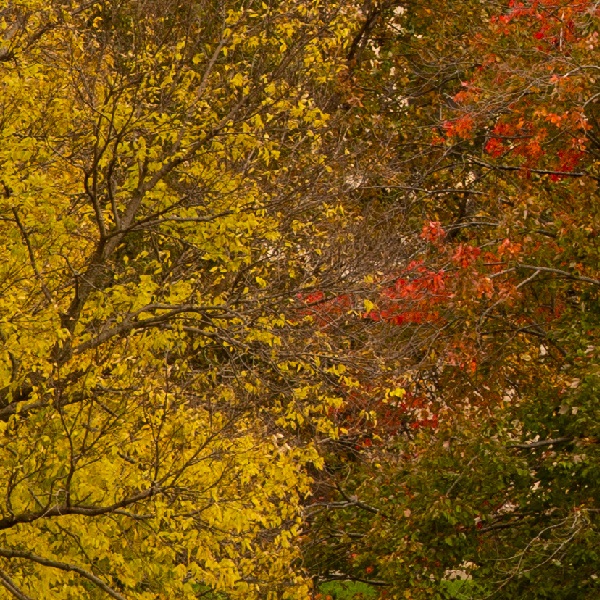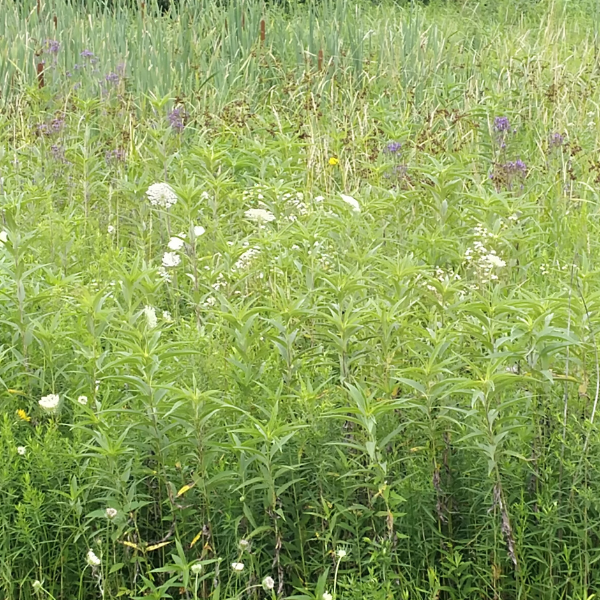It was a thrilling experience to witness the partial solar eclipse that took place in the skies above Iowa City on Monday, April 8! The eclipse-viewing event, hosted jointly by the Sciences Library and the Department of Physics and Astronomy, was a huge success, with thousands of people gathering in the Sciences Library courtyard andContinue reading “The Sciences Library and the Department of Physics and Astronomy co-host successful solar eclipse viewing event”
Category Archives: Environmental Sciences
Science Serenade (and Snacks)
Join us outside (weather permitting) in front of the Sciences Library along Iowa Ave on Tuesday, December 12 from 11:00 am to 1:00 pm of Final Exams Week for scientific-themed songs, treats, and beverages. All are welcome! Listen or join in on science songs such as Deck the Labs, The Twelve Days of Biology, andContinue reading “Science Serenade (and Snacks)”
Tree Events at the Sciences Library
The Sciences Library is excited to let you know about our fall tree events! On October 17, University of Iowa Arborist, Andy Dahl, will be giving a campus tree talk and tour. To complement this, the library’s current exhibit showcases the Historic Trees of the University of Iowa Campus. Visit the exhibit to enter ourContinue reading “Tree Events at the Sciences Library”
Fall Workshops at the Sciences Library
Search like a Hawk: Discover Science Literature Wednesday, September 6, 11:30 AM – 12:20 PM Sciences Library room 102 There are millions of books and thousands of journal articles available through our science databases. How can you find what you’re looking for and stay-up-to-date in your subject? Learn how to search like an expert inContinue reading “Fall Workshops at the Sciences Library”
Free snacks and coffee for finals week at the Sciences Library!
Good luck on your final exams, Hawkeyes! We have free snacks, hot coffee, and tea here for you at the Sciences Library! If you are looking for a good, quiet comfortable place to study, we have three floors with places for you to study that include study booths, study carrels, computer stations, tables and largeContinue reading “Free snacks and coffee for finals week at the Sciences Library!”
Highlights of the Tree Talk and Tour at the Sciences Library
We had a great time learning about our campus trees at the Tree Talk and Tour at the Sciences Library. It was fascinating to learn about the oldest trees on campus as well as new plantings. We also learned about our State Champion trees, special trees such as the chestnut sapling planted to honor AnneContinue reading “Highlights of the Tree Talk and Tour at the Sciences Library”
SciFinder Classic is Retiring
If you are currently using the classic version of SciFinder, it is time to start using SciFinder-n. Chemical Abstracts Service (CAS) will discontinue the “classic” SciFinder interface on Dec. 31, 2022. SciFinder-n, will be the only SciFinder platform moving forward. If you are already using SciFinder-n, you do not need to do anything. Your SciFinderContinue reading “SciFinder Classic is Retiring”
Tree Talk & Tour at the Sciences Library
Join Arborist Andy Dahl for a tree talk and tour at the Sciences Library! This program will be held on Wednesday, Oct. 19, 2022. The tree talk will begin at 2 p.m. on the third floor of the Sciences Library. The walking tour of campus trees will begin after the talk. This program is freeContinue reading “Tree Talk & Tour at the Sciences Library”
Prairie Musings @ the Sciences Library
All are invited to a panel discussion about our campus prairie, the Ashton Research Prairie, featuring: Mike Fallon, Earth and Environmental Sciences Instructor Andrew Forbes, Associate Professor of Biology Stratis Giannakouros, Director, Office of Sustainability and the Environment Wednesday, July 6, 2022, 2:00-3:00 PM Free & open to the public. Light refreshments provided. Sciences Library,Continue reading “Prairie Musings @ the Sciences Library”
Soonish: Ten Emerging Technologies That’ll Improve and/or Ruin Everything (HawkSci Lit Book Club)
Would you like to discuss a book written by one of our Iowa City Darwin Day speakers? Join the HawkSci Lit Book Club at the Sciences Library to discuss the delightful and witty book: Soonish: Ten Emerging Technologies That’ll Improve and/or Ruin Everything. This book was co-authored by Dr. Kelly Weinersmith, featured speaker atContinue reading “Soonish: Ten Emerging Technologies That’ll Improve and/or Ruin Everything (HawkSci Lit Book Club)”
